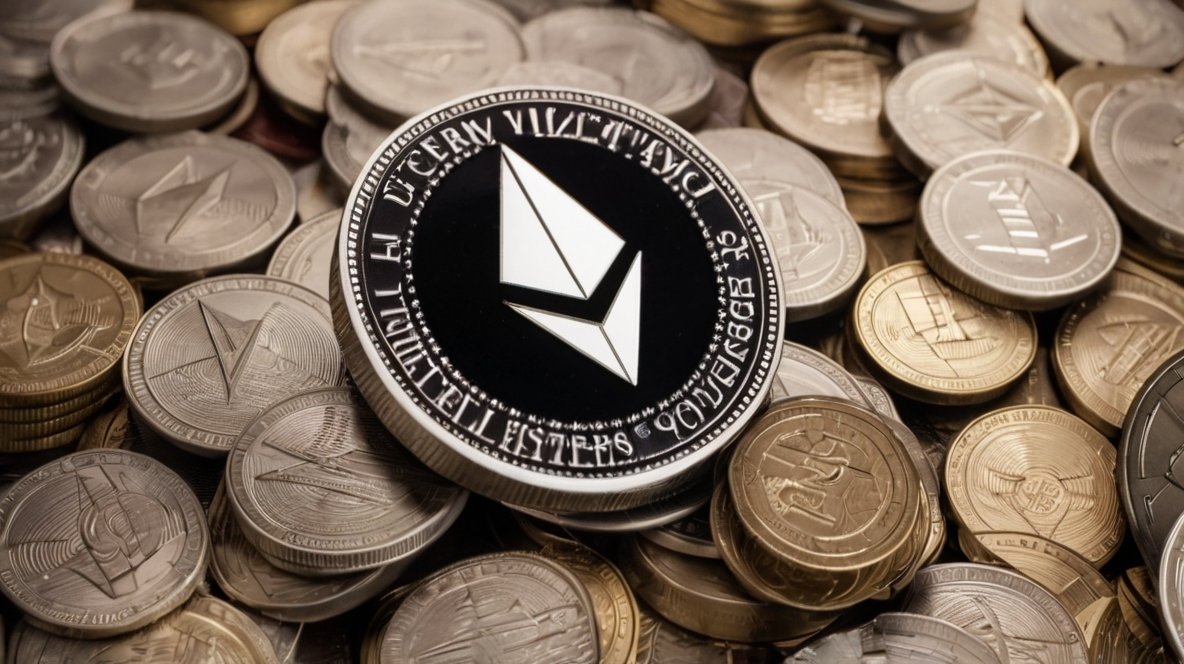Ethereum (ETH), the world’s second-largest cryptocurrency by market capitalization, has presented a complex picture for investors in recent weeks. While the price has recovered slightly since a dip to $2,396 on August 27th, it remains down 22% over the past month. This lackluster performance raises questions about the future of Ethereum, despite positive signs within its network activity.
Several factors contribute to the current investor unease surrounding Ethereum. Firstly, while the network itself shows signs of increased activity, the price of Ether has yet to experience a significant rebound, failing to reclaim the heights of $3,800 witnessed in early June.
Secondly, the altcoin market as a whole has shrunk by 13% in the past month, with Ethereum underperforming its peers. This underperformance can be partly attributed to the exaggerated expectations surrounding the launch of a spot Ether ETF in the US on July 24th. However, the decline goes deeper, as Ether traded comfortably above $3,200 as recently as April.
Ethereum bulls point to a recent drop in Ethereum’s average transaction fees, falling below $1 for the first time in four years, as a positive development. This, coupled with the success of layer-2 solutions for high-throughput projects, reinforces Ethereum’s dominance in decentralized applications (DApps).
Bears, on the other hand, argue that competing blockchain platforms offer lower base layer fees and a simpler user experience for newcomers. However, they acknowledge that most users may not prioritize the trade-off of increased centralization on platforms like Tron (TRX) or BNB Chain (BNB) or the high costs associated with running a Solana (SOL) validator. Additionally, the success of Ethereum’s own layer-2 solution, Base, suggests that users value direct access to Coinbase over absolute self-sovereignty.
Despite the price woes, the total value locked (TVL) on the Ethereum network has been on the rise. Data from DefiLlama shows a 4% increase in the total amount deposited in Ethereum DApps over the past two weeks, reaching 18.9 million ETH. This growth surpasses comparable figures for Tron and Avalanche, where TVL declined in their respective native tokens (TRX and AVAX) during the same period.
However, focusing solely on TVL can be misleading. Not all DApps require large deposit bases. Network activity provides a more holistic view. Here, there’s a brighter picture. Ethereum’s DApp volumes witnessed a 36% increase between July 22nd and July 29th, driven primarily by decentralized exchange Uniswap and automated market maker Balancer, according to DappRadar. This growth surpasses the stagnant DApp volume on the Solana network.
It is important to note that not all aspects of Ethereum’s network activity are positive. The number of active addresses interacting with DApps has remained flat, and the total number of transactions has even declined by 8% since August 22nd. In contrast, competing platforms like BNB Chain and Solana have seen an increase in active addresses during the same period.
Adding to the pressure is the lackluster performance of spot Ether ETF funds. These funds have experienced net outflows of $107 million in the past two weeks, highlighting a lack of institutional interest compared to the positive inflows seen in similar Bitcoin spot ETF instruments.
Currently, there’s a lack of clear drivers for a significant increase in Ether’s price. While network activity in some areas is encouraging, other metrics paint a less optimistic picture. The decline in transaction fees below $1 may not be enough to entice investors away from cheaper alternatives like BNB Chain and Solana. Ultimately, the data suggests a more complex relationship between Ethereum’s price and its on-chain activity. As the cryptocurrency market continues to evolve, investors will likely adopt a wait-and-see approach to Ethereum until a clearer picture emerges.
Read Also: Australia Witnesses 17X Increase in Crypto ATMs
Disclaimer: The information provided in this article is for informational purposes only and should not be construed as financial or investment advice. Cryptocurrency investments are subject to market risks, and individuals should seek professional advice before making any investment decisions.


Comments are closed.